5 cách xỠlý H2S trong nước nhanh chóng, hiệu quả, chi phà thấp
Table of Contents
Causes of H2S in Water
Hydrogen sulfide (H2S) is a gas that smells like rotten eggs and is commonly found in water due to the decomposition of organic matter in low-oxygen environments. When leaves, animal remains, or fertilizers decompose, bacteria break them down and release H2S.
In areas with high levels of organic material, such as ponds or poorly functioning sewage systems, H2S tends to form more easily. Low pH, high sulfate concentration, and oxygen-deprived conditions all contribute to the production of H2S.
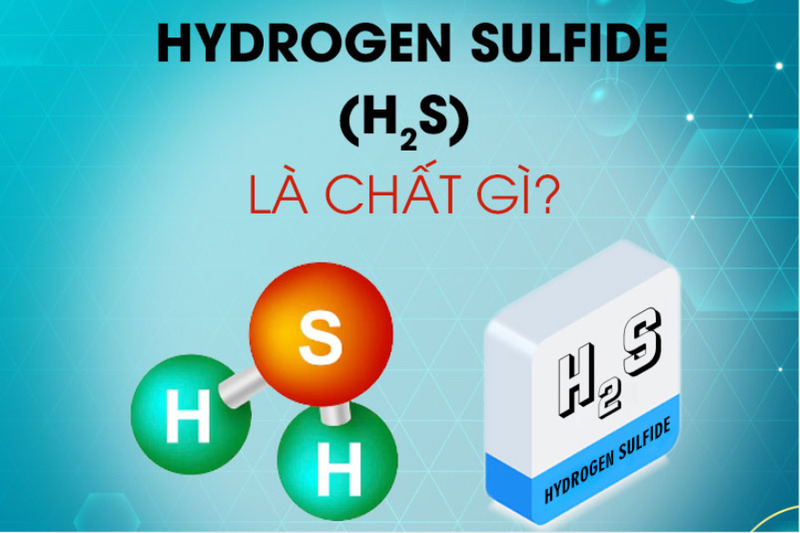
Additionally, high temperatures and strong sunlight can speed up the breakdown of organic matter. Industrial and agricultural waste can also increase H2S levels. Therefore, the presence of H2S is the result of both natural and human factors, with anaerobic bacteria playing a key role in breaking down organic materials.
Health Effects of H2S in Water
H2S has many negative effects on the environment and human health. In water, it pollutes surface and groundwater, harming aquatic life. The gas reduces dissolved oxygen levels, making it difficult for fish and other aquatic organisms to breathe. It also accumulates in sediments, becoming toxic to bottom-dwelling creatures, leading to biodiversity loss and potential damage to aquatic ecosystems.
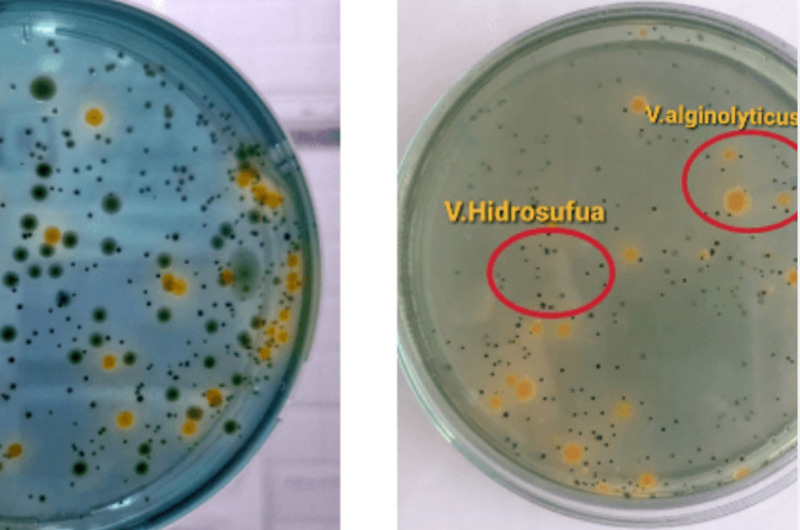
From a health perspective, long-term exposure to H2S can cause serious problems such as headaches, dizziness, nausea, and skin and eye irritation. At high concentrations, H2S can damage the central nervous system, cause unconsciousness, or even death. Additionally, its foul smell can significantly reduce the quality of life.
Therefore, H2S is a significant hazard that needs strict control to protect both the environment and public health.
How to Assess H2S Levels in Water
There are several ways to measure H2S concentration, from simple manual methods like litmus paper and color indicators to advanced devices such as spectrophotometers, ion-selective electrodes, or H2S gas sensors. These tools can provide accurate and quick results even at low concentrations.
Regular monitoring allows us to track changes in H2S levels and evaluate the effectiveness of our treatment methods. Moreover, accurately determining H2S levels ensures that the water stays within safe limits, protecting human health and the environment.
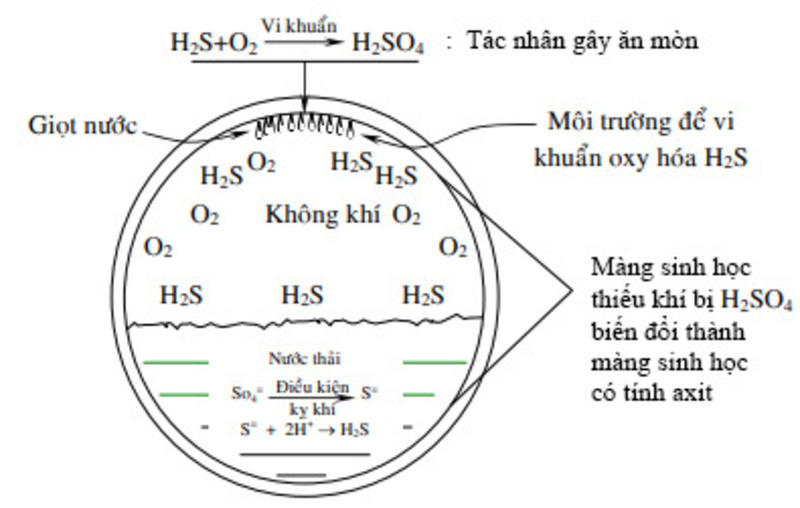
Especially, if H2S levels exceed the acceptable limit, immediate action must be taken to prevent serious consequences. Therefore, measuring H2S levels is not only essential for safety but also for maintaining water quality and efficient environmental management.
5 Safe and Effective Ways to Remove H2S from Water
Here are five effective methods for removing H2S from water. Each method has its own characteristics and is suitable for different situations, so you can choose the best option based on your specific water source.
Chlorination to Treat H2S in Water
Using chlorine to oxidize H2S into sulfur and water is one of the most effective methods for treating H2S in water, helping to eliminate the foul odor and reduce toxicity. This method is not only effective but also cost-efficient. However, it's important to carefully control the amount of chlorine used to avoid residual amounts that may harm users and the environment.
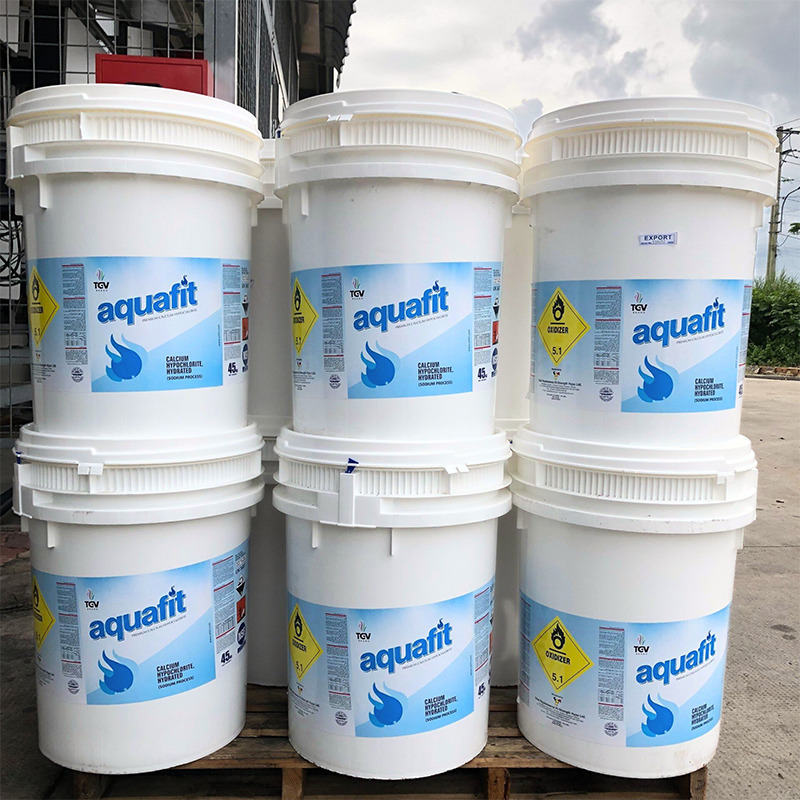
After the reaction, the water may have a smell or excess chlorine, so it should be filtered through activated carbon to remove sulfur and excess chlorine. Additionally, bleach can also be used to treat H2S, but it's important to note that sulfur residue and regular cleaning of the filtration system are necessary to maintain efficiency.
>>> Learn more: Chlorine vs Hydrogen Peroxide – Which is Better for Water Treatment?
Air Sparging to Remove H2S
By injecting air into water with low H2S levels, the gas escapes from the water and dissolves into the air, then is removed or treated in the wastewater system. This method uses an air compressor or a blower to introduce air into the water and separate H2S in a gas separator.
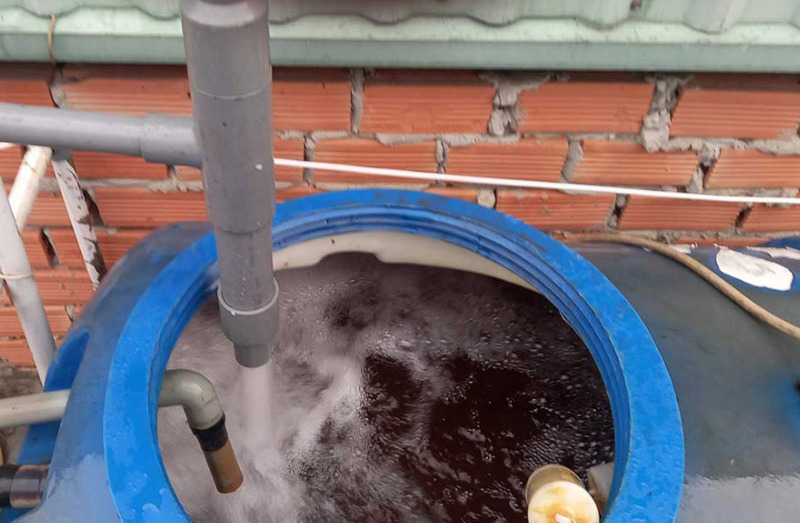
However, when H2S concentration exceeds 2mg/L, additional filtration steps are needed to ensure effective removal.
Using Manganese Greensand Filters
Manganese greensand is a type of filter media that can oxidize H2S into elemental sulfur, which is then retained in the filter and removed from the water. When the manganese greensand loses its effectiveness, it needs to be regenerated using a potassium permanganate solution to restore its oxidation capacity.
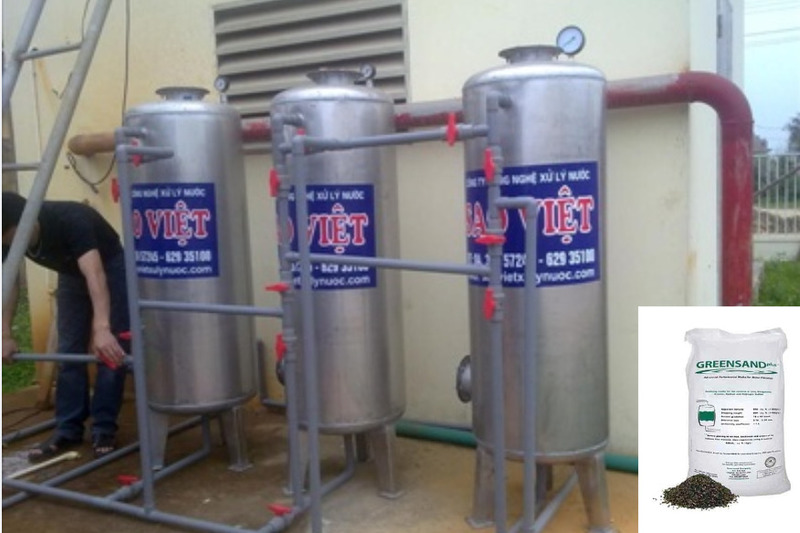
The frequency of regeneration depends on the amount of water used and the H2S concentration. Although this method requires regular maintenance, it offers high efficiency in H2S removal, especially for water with H2S levels below 6mg/L.
Using Activated Carbon Tanks to Remove H2S
Using activated carbon as an adsorbent helps remove H2S from water by trapping the gas on the surface of the carbon. This method is suitable for both domestic and industrial water, reducing the odor and toxicity of H2S in the water. However, the carbon needs to be replaced regularly to maintain effectiveness.
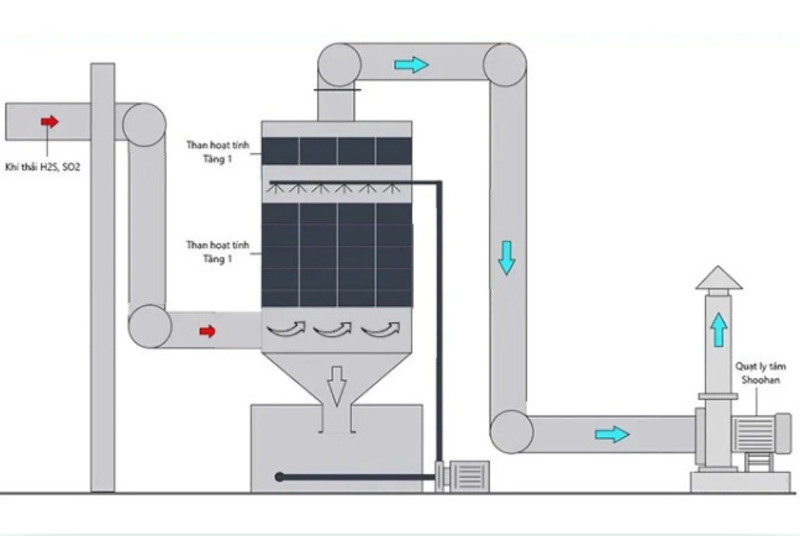
>>> Read more: Compressed Activated Carbon for Gas Treatment
Removing H2S in Hot Water
Hot water is more prone to H2S contamination because the gas evaporates easily at higher temperatures. To remove H2S from hot water, you can use methods like ozonation, UV light, or combine with activated carbon filtration. Additionally, regular maintenance of the hot water piping system can help prevent H2S buildup.
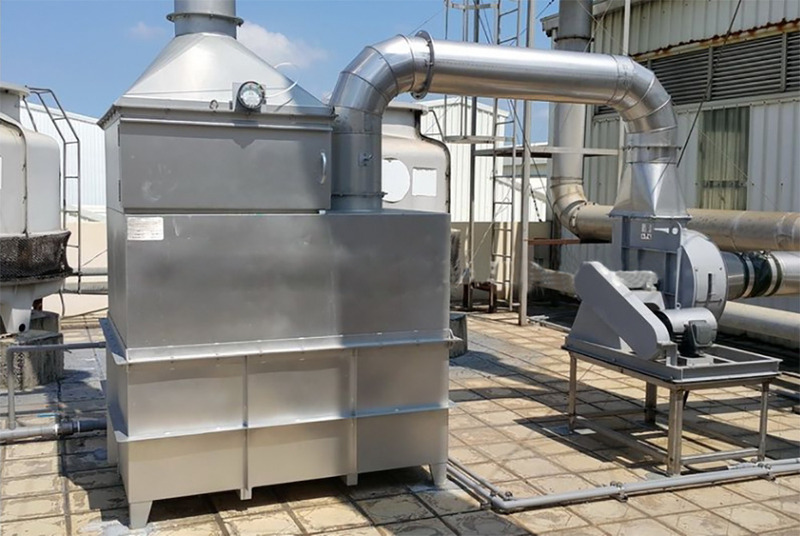
>>> Learn more: What Bacteria and Viruses Can Ozone Eliminate?
Choosing the right method for removing H2S from water depends on the H2S concentration, water type, and specific conditions in each area. The H2S treatment equipment from Song Phung Water Equipment ensures efficiency and meets standards, suitable for both large-scale systems and individual households.
Pharmaceutical universal grinding machine,Fine powder pulverizer,Universal Grinder Crusher Mill
Jiang Yin Jun Lang Machinery Co.,Ltd , https://www.fluidbeddry.com